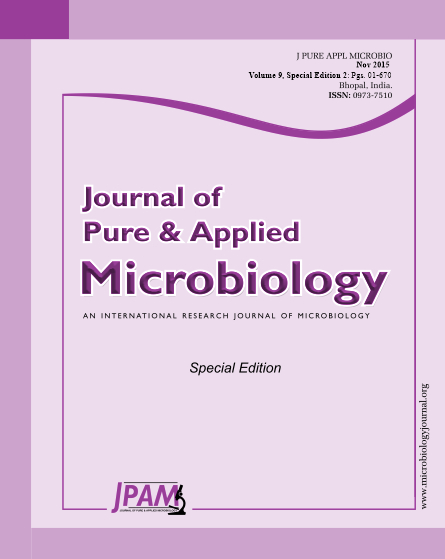Thiosulfate is one of the most abundant energy sources for various lithoautotrophic sulfur bacteria in tidal flat sediment. Thiosulfate-oxidizing bacteria are frequently isolated via continuous culture techniques. However, the community composition within these cultures is not clear. Accordingly, the composition of the community during growth in continuous culture was examined. Selective enrichment for lithoautotrophic thiosulfate-oxidizing bacteria was conducted in a continuous stirred tank reactor. The community composition was determined using a clone analysis targeting 16S rRNA and aprA at three different time points during a 26-week incubation. The community was dominated by autotrophic Gammaproteobacteria; however, heterotrophs were observed at all incubation times. Betaproteobacteria were the major group of aprA clones and were less abundant than the detected heterotrophs. At the end of the incubation period, a lithoautotroph was isolated from the continuous culture. Taxonomically, both the isolate and the dominant clones were positioned within the Thiomicrospira group, but they were grouped into different operational taxonomic units. The results of this study provide insight into the composition of environmental thiosulfate-oxidizing bacteria during continuous culture.
Autotrophic thiosulfate-oxidizing bacteria, continuous culture, isolation, and tidal flat
© The Author(s) 2015. Open Access. This article is distributed under the terms of the Creative Commons Attribution 4.0 International License which permits unrestricted use, sharing, distribution, and reproduction in any medium, provided you give appropriate credit to the original author(s) and the source, provide a link to the Creative Commons license, and indicate if changes were made.


